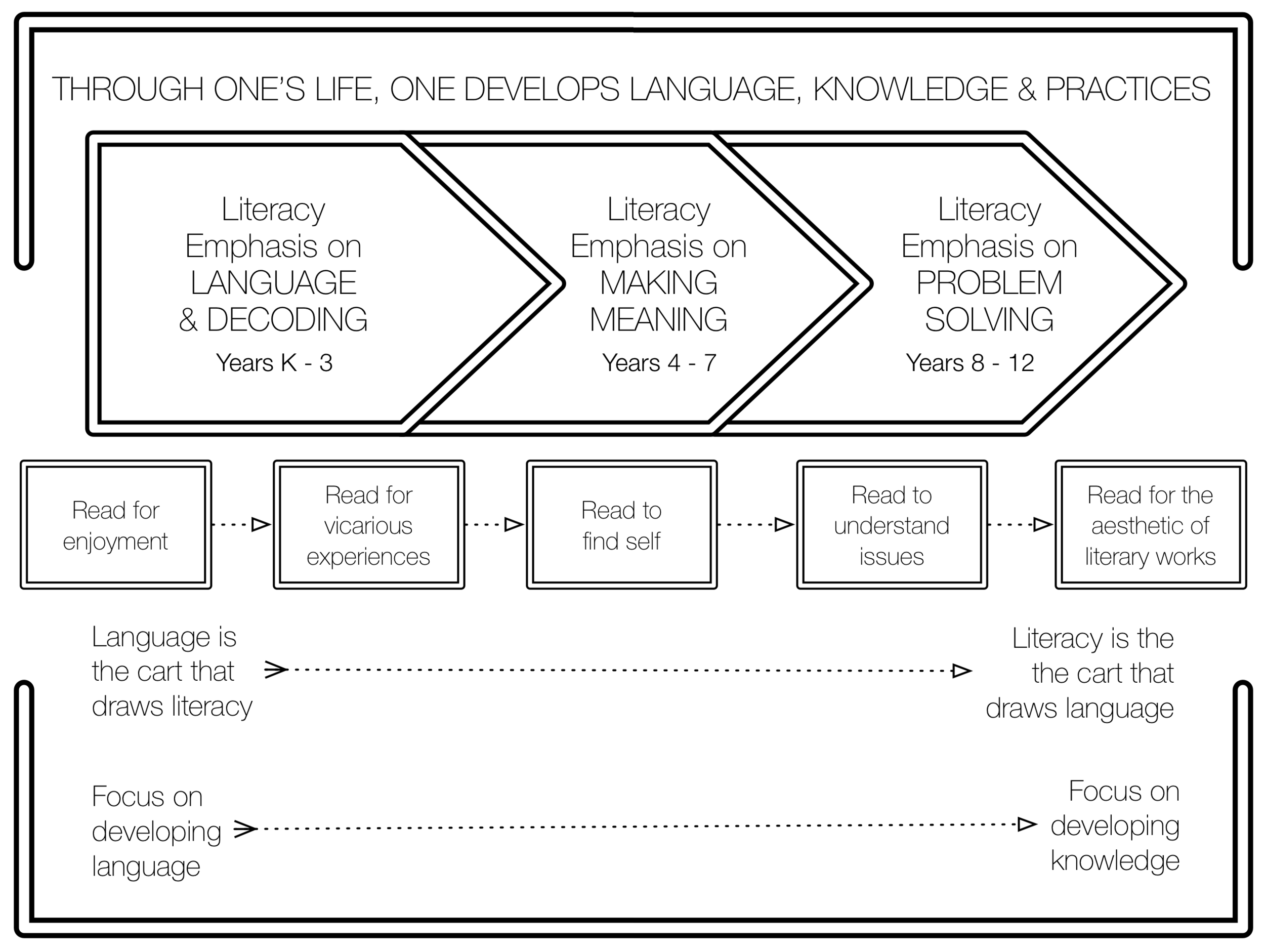
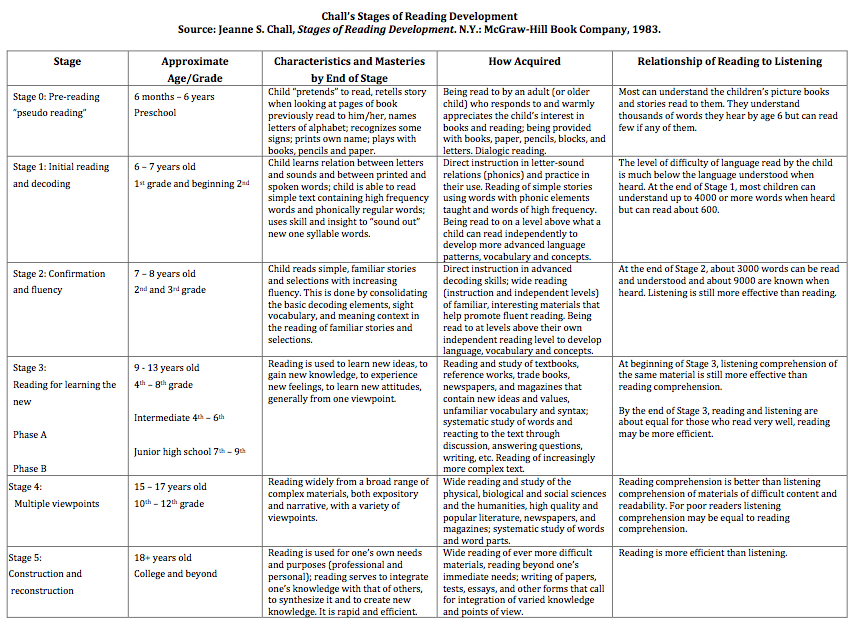
Stages of Reading Development
From Chall, J. S. (1996). Stages of reading development (2nd ed.). Fort Worth: Harcourt Brace Jovanovic College Publishers.

Cognitive Model of the Components for Effective Reading
From McKenna, M. C., & Stahl, K. A. D. (2009). Assessment for reading instruction (ebook) (2nd ed.). New York: Guilford Press.

The Reading to Learn Cycle
From Rose, D., & Martin, J. R. (2012). Reading to Learn. In Learning to Write/Read to Learn: Genre, Knowledge and Pedagogy in the Sydney School (pp. 133–234). Sheffield: Equinox Publishing.

The Teaching and Learning (Writing) Cycle
From Rose, D., & Martin, J. R. (2012). Write it Right/the Right to Write. In Learning to Write/Read to Learn: Genre, Knowledge and Pedagogy in the Sydney School (pp. 84–132). Sheffield: Equinox Publishing.
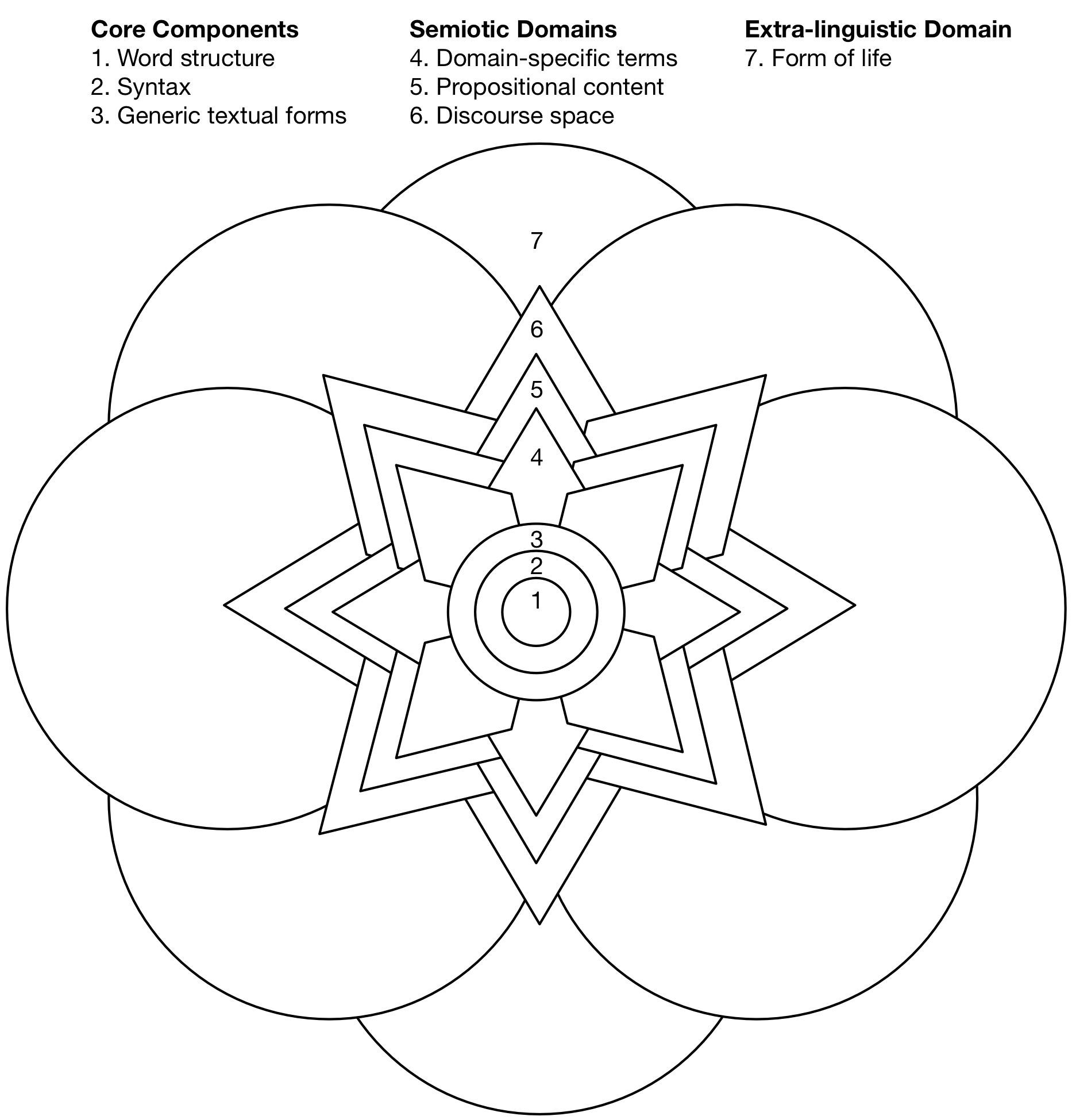
The Relationship Between the Form, Meaning and Use
The above diagram is explained in the essay at http://wittgenstein-on-learning.com/meaning-form/.
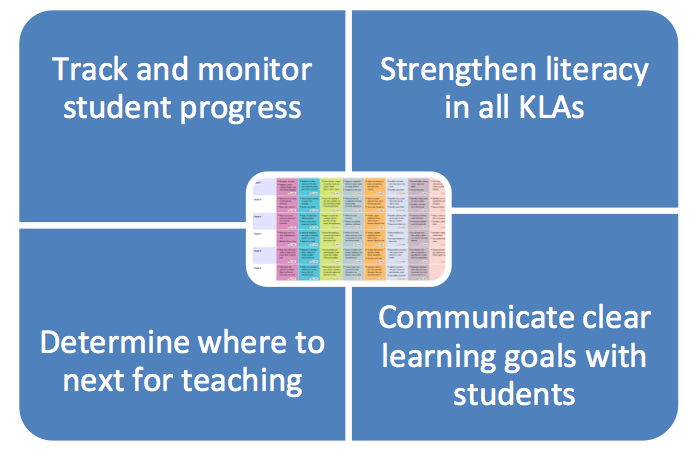
Quality Teaching is Informed, Strategic Teaching
From NSW Department of Education and Communities. (2011). NSW Literacy Continuum. NSW Department of Education and Training. Retrieved July 26, 2014, from http://www.curriculumsupport.education.nsw.gov.au/literacy/

Planning for a Balanced Approach to Literacy Instruction
From Moustafa, M. (2008). Exceeding the standards: a strategic approach to linking state standards to best practices in reading and writing instruction. New York: Scholastic. http://teacher.scholastic.com/products/scholasticprofessional/pdfs/exceedingthestandardsmatrices.pdf
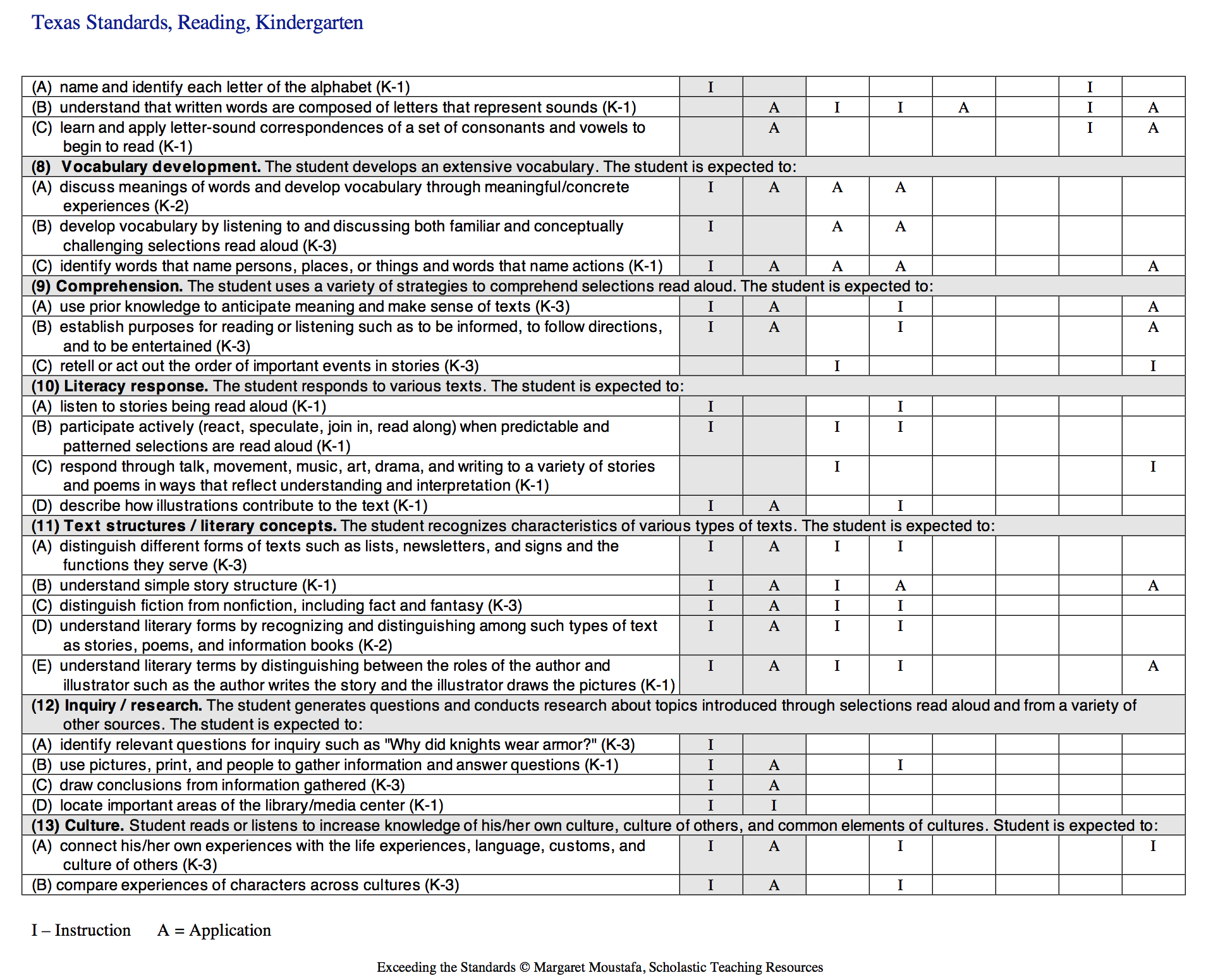
Planning for a Balanced Approach to Literacy Instruction
From Moustafa, M. (2008). Exceeding the standards: a strategic approach to linking state standards to best practices in reading and writing instruction. New York: Scholastic. http://teacher.scholastic.com/products/scholasticprofessional/pdfs/exceedingthestandardsmatrices.pdf









